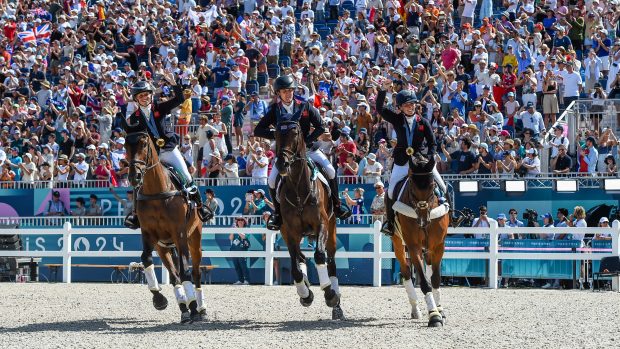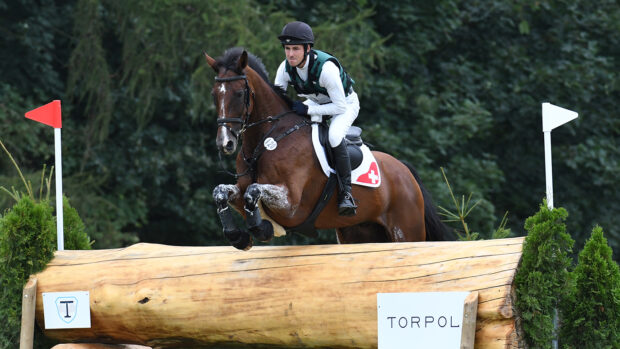Successful show jumping is all about laying the basics at home, says Mark Todd
Problems with a horse’s flatwork inevitably spill over into the show jumping phase. The basics need tohave been well laid, because you are not suddenly going to change a horse’s way of going at a competition.
The key is to always do exercises at home that teach the horse to jump in a rounded, balanced manner.
After jumping a line of fences at home, most riders drop the reins or pull up. The single most important lesson for rider and horse is that after landing from a fence they must ride away in controlled, balanced manner, as this is what is required during a competition. The horse must be immediately obedient, rather than tanking off into the distance.
So, at home, always establish the canter, the rhythm and the contact after a line of fences.
The rider’s job is to get the horse to each fence in the best possible rhythm and balance so that it has the greatest chance of clearing the obstacle.
To this end, the horse must stay balanced and in rhythm in between the fences. Nine out of 10 won’t do this on their own, which is why you must practise thisat home.
See this week’s Horse & Hound (29 November) for Mark’s masterclass on basic jumping techniques.
Click here to subscribe online at a special pre-Chistmas rate to ensure you don’t miss any of the Mark Todd series.
See 6 December issue of Horse & Hound for Mark’s dressage masterclass with a rider preparing for her first four-star event.



